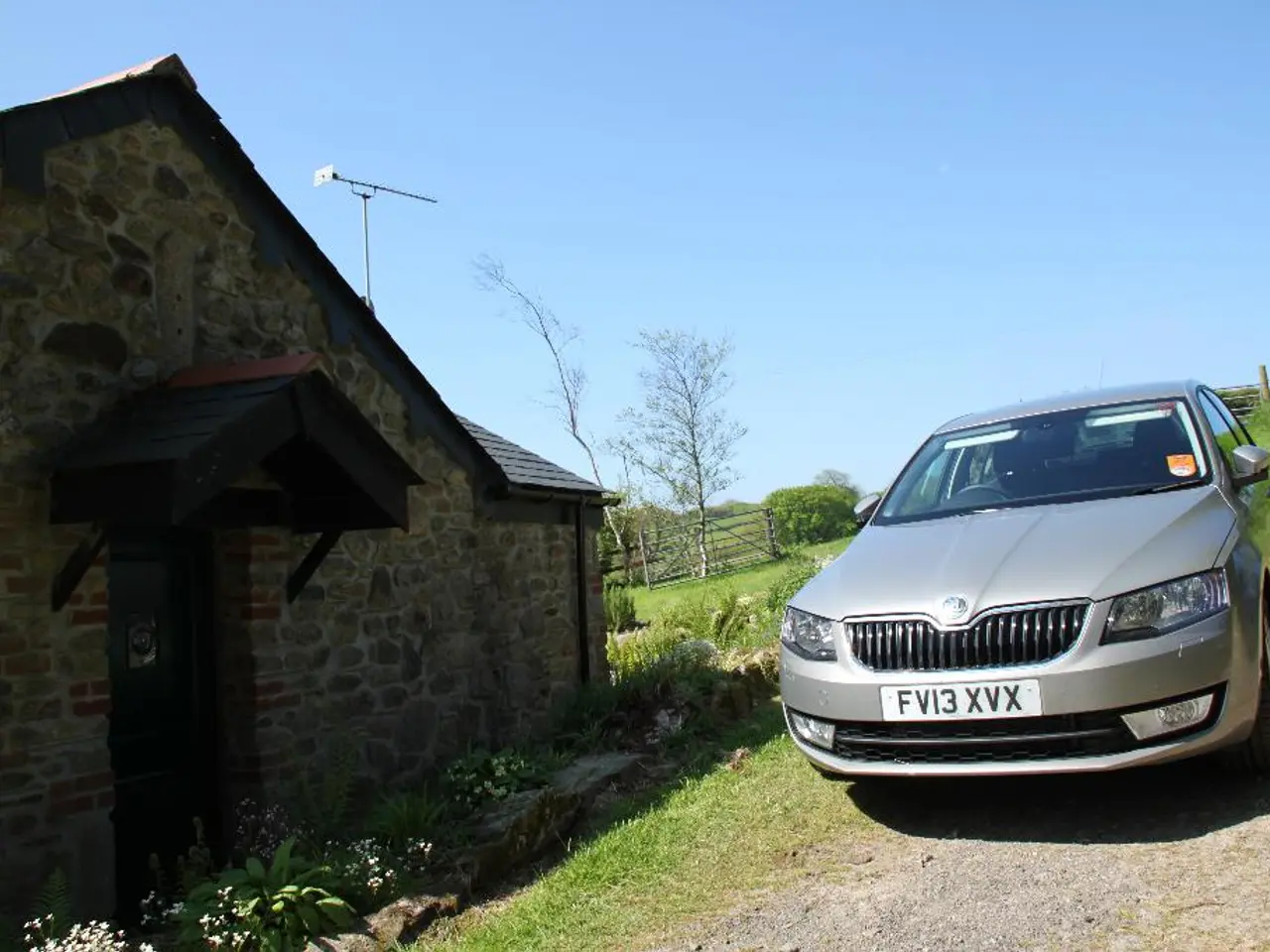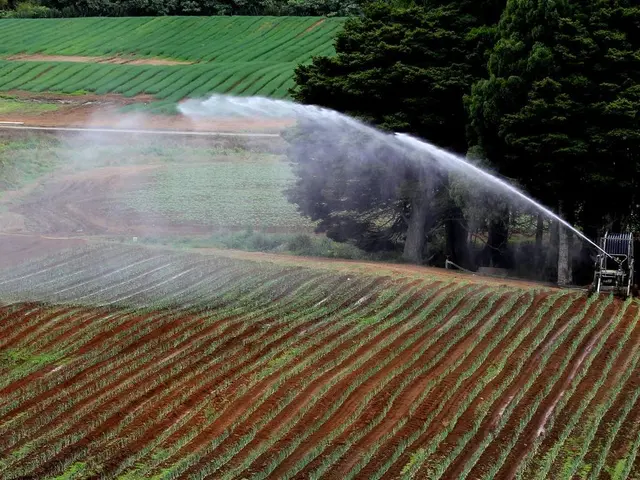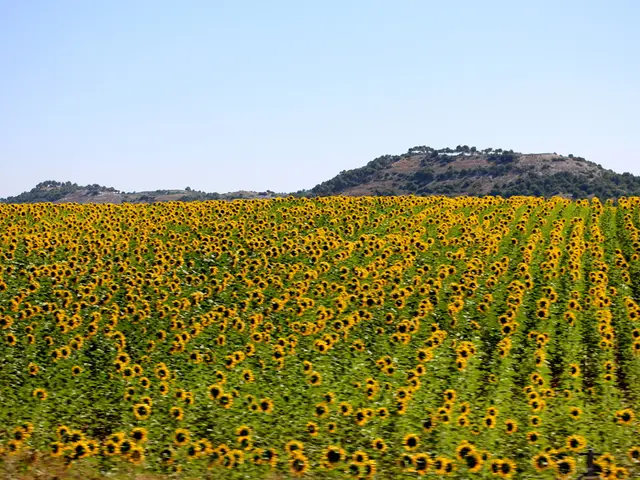Austria's Carinthia Leads Europe's Green Energy Transition with Hydrogen Valley and Battery Storage
Austria's Carinthia region is at the forefront of Europe's green energy transition. It has developed an innovative energy cluster, combining the 'Hydrogen Valley' and the country's largest batteries plus storage facility in Arnoldstein. This project is a key component of the SouthH2Corridor, a 3,300-kilometer-long hydrogen pipeline linking North Africa to southern Germany.
The energy cluster in Carinthia is set to produce over 10,000 tonnes of green hydrogen annually, with a total investment of over 500 million euros, including 20 million euros from the EU. The 'Hydrogen Valley' is networked with the 22 MW batteries plus storage facility, stabilizing the energy supply in Carinthia and contributing to supply security in southern Germany.
The batteries plus storage facility in Arnoldstein, with a capacity of 44 megawatt hours, plays a crucial role in this energy cluster. It serves to stabilize the Austrian transmission network and compensate for short-term fluctuations, ensuring a steady supply of renewable energy for hydrogen production. The DeCarB project, already in progress, demonstrates the region's commitment to swift implementation. The long-term goal is to replace the current fossil hydrogen consumption in Carinthia with this green alternative.
The energy cluster in Carinthia, with its 'Hydrogen Valley' and batteries plus storage facility, is a significant step towards a sustainable future. It not only stabilizes the energy supply in the region but also contributes to the larger SouthH2Corridor project, connecting green hydrogen infrastructure across Austria, Italy, and Slovenia. With a planned annual production of 100,000 to 150,000 tonnes of H2 per year, this project aims to phase out fossil hydrogen consumption in Carinthia.
Read also:
- Summarized Report: Insights from the Realm of Transportation
- Recorded surge in electric vehicle registrations during the initial half of the year
- Hyundai and Toyota Dominate U.S. Green Car Market with 10 Top Models
- Polestar CEO, Lohscheller, voices concern on the ongoing debates about competitors' products: "Maintain focus, avoid distractions"








